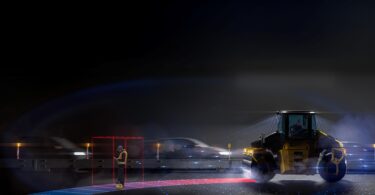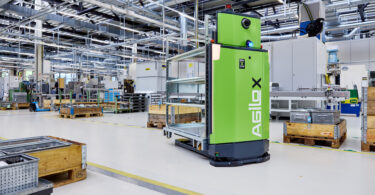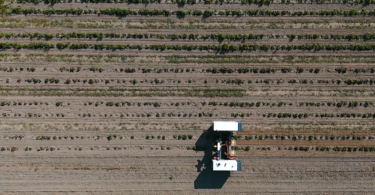Part 1: All About Track and Trace
The concepts of “track and trace” and “traceability” are two separate, yet complementary strategies used in manufacturing and logistics. While they both ensure products are safe and easy to find, they serve different purposes and bring different benefits to the industry.
We’re breaking down what the differences are between these two concepts. And we’ll dive into what types of sensors can help improve visibility in your operations, as well as increase productivity and throughput.

What are the main differences?
Overall, track and trace systems and traceability in manufacturing and logistics are two distinct concepts that are essential to the success of any operation. While they are related, they are distinct in purpose and application. They both help to ensure product safety and quality, meet customer expectations, and comply with regulations. Sensors can be used to help with both track and trace and traceability, allowing companies to have complete visibility and control of goods.
Track and trace systems refer to the use of technology to monitor the progress of shipments and trace them back to their source. This is typically done through GPS tracking, barcodes, and RFID tags.
Traceability in logistics, on the other hand, is the ability to track and trace products throughout the entire supply chain. It involves documenting the origin and movement of items from raw materials to the finished product, as well as tracking customer orders and transactions. Traceability provides a complete view of the supply chain, from procurement to distribution, which can be used to identify sources of errors and improve efficiency.
What are Track and Trace Systems?
Track and trace systems in manufacturing and logistics are software- and sensor-based solutions used to track industrial mobile robots, loading units, shipments, or products throughout the entire supply chain, from supplier to consumer.
Track and trace systems can also be used to trace a product’s origin, manufacturing process, and expiration date. By monitoring the movement and condition of goods, companies can ensure the safety and quality of the product, as well as meet customer expectations.
Types of Sensors for Track and Trace Systems
SICK sensors can be used to track the location, quantity, and condition of goods throughout the supply chain. This helps manufacturers and logistic companies to have complete visibility of their goods.
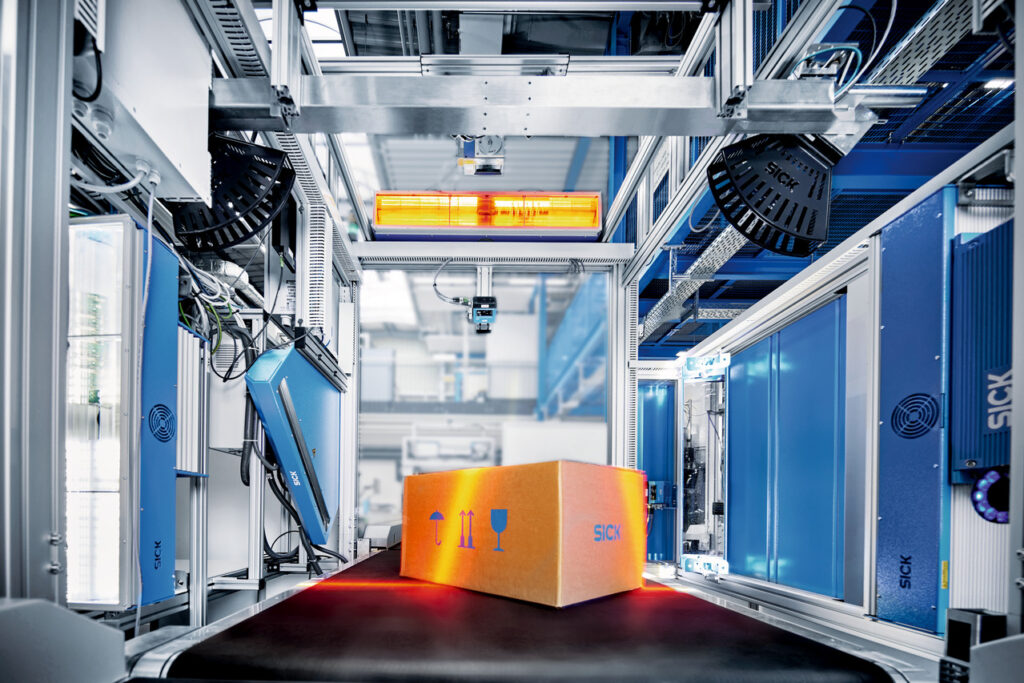
Tunnel Systems
SICK's ICR (image-based code reader) tunnel system provides a comprehensive track and trace solution for logistics operations. It can track items throughout their journey, making it an ideal identification solution for sorting processes at the highest conveyor speeds.
It uses 2D/3D Vision Solutions from SICK to offer additional functionality for any system with an ICR camera. The additional information about the object and label are collected directly within the camera, in parallel to code reading and image acquisition. This enables manual processes to be automated and ensures a reliable object verification in dynamic processes.
The cubic and irregular shipping objects to be sorted are quickly and reliably identified while all common 1D/2D codes as well as postal codes are considered. The excellent image quality of the integrated camera also enables use in OCR, video coding and vision applications. The system can be used for thin conveyor widths as well as for widths of up to 1,600 mm and can be expanded to include products such as a volume measurement system.
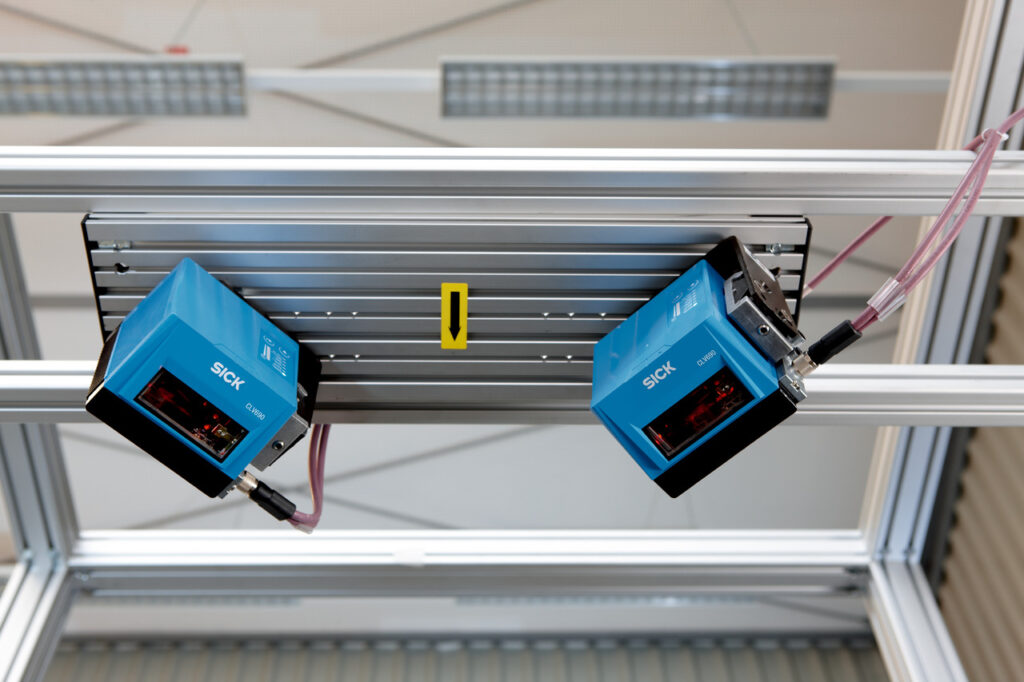
Identification Systems
SICK's CLV system is a comprehensive logistics solution designed to provide real-time tracking of goods and materials from origin to destination. It features a range of integrated sensors that track and trace items, as well as a suite of software tools for monitoring and analyzing the data that is collected.
With this system, companies can ensure that their goods are tracked and traced throughout the entire supply chain, providing them with complete visibility of their products. This helps reduce delays and errors, increase transparency and accuracy, and improve overall efficiency.
Additionally, the CLV system provides an automated way to track and trace shipments, making it easier to monitor and manage the logistics process. By doing so, companies can ensure that their shipments arrive on time and in the right condition, while also reducing costs associated with lost or damaged goods.

Vehicles can also be tracked and traced in the production and distribution process. From car body assembly to the paint shop and final assembly, it is relatively easy as the vehicles are in guided production lines. But on the way to the next stations (i.e., post-processing and final inspection stations or parking spaces on the factory premises) tracking of the cars is necessary.
Different distances to reading devices, different reading speeds, and missing triggers are challenges in this process. UHF write/read devices like the RFU65x or RFU63x have additional antennas to reliably detect the position and direction of vehicle movement.
Vision Systems
The Lector65x vision system is perfectly suited for quick and precise product detection. It is designed for optimum throughput and maximum read rates at high belt speeds and with small gaps between objects. The system is based on the Lector65x 2D vision camera. The system is also predestined for the reading of polybags, different surfaces, and even nearly black objects. What's more, it can also be combined with image-based code readers of the ICR series, volume measurement systems, fixed mount bar code scanners, and weigh scales.
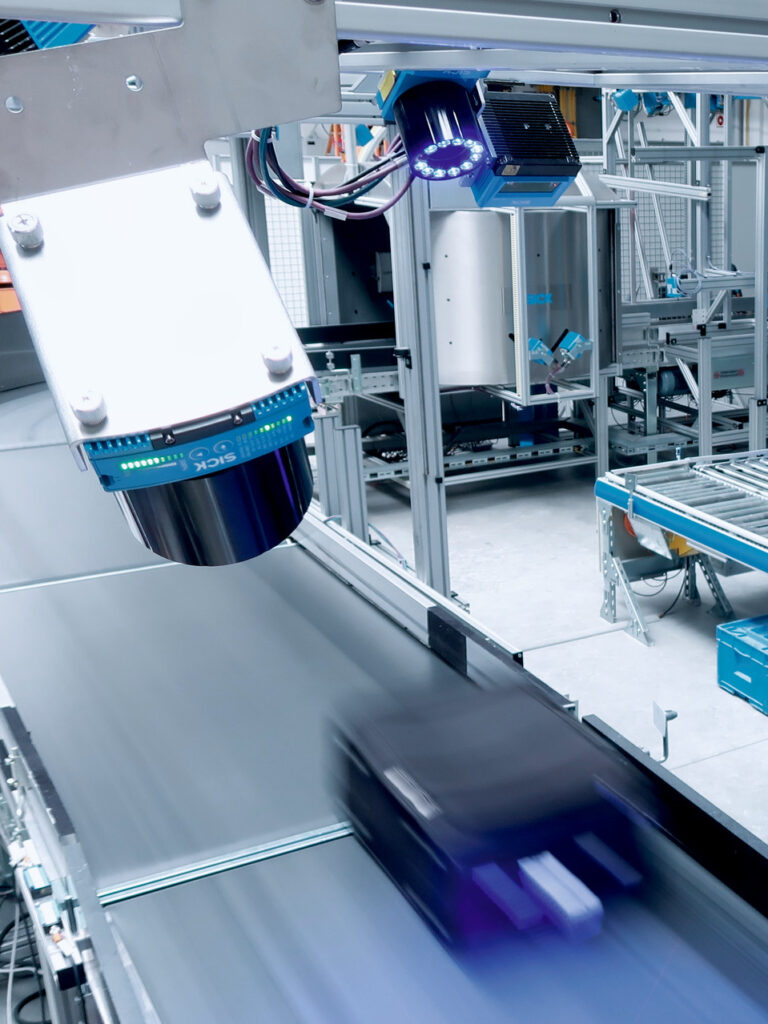
Volume Measurement Systems
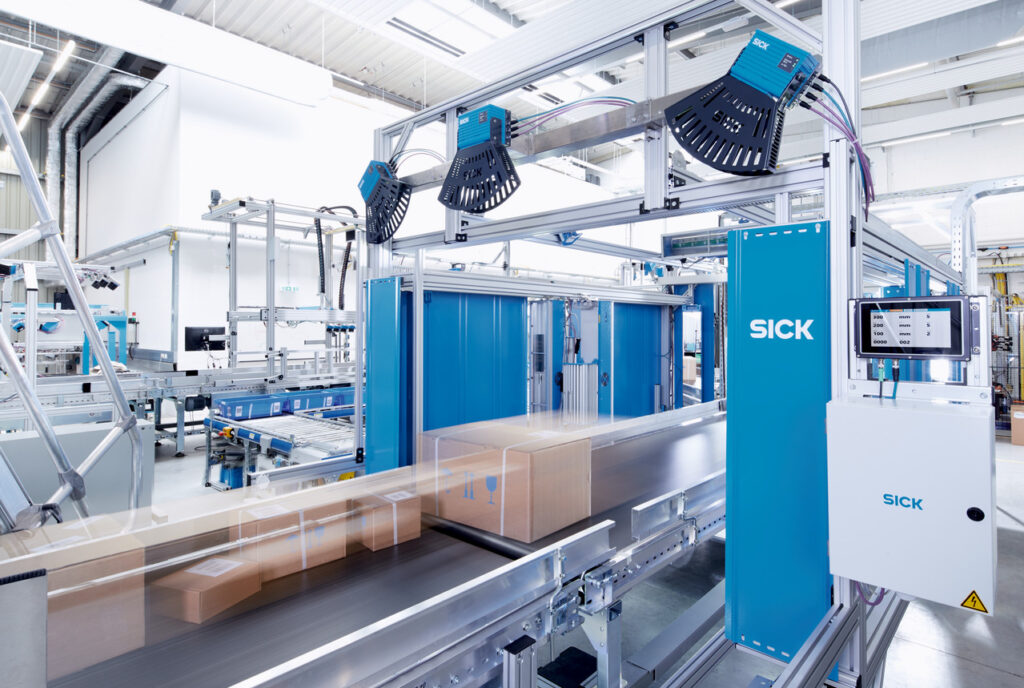
SICK's VMS4x00/5×00 is a versatile, reliable, and cost-effective track and trace solution designed to optimize logistics processes. It is designed to improve the accuracy and efficiency of logistics processes by providing real-time information about the location and status of goods and assets in the supply chain.
The VMS4x00/5×00 allows for the tracking of goods and assets in real-time, allowing for the rapid identification of problems that may arise during their journey. It also provides data on the load's progress, delivery times, and other important metrics. This allows for the optimization of the logistics process, resulting in increased efficiency and cost savings. The VMS4x00/5×00 also facilitates a more secure and reliable supply chain, as it provides visibility and traceability of goods and assets, which helps to reduce the risk of theft or loss.
Dimensioning Systems
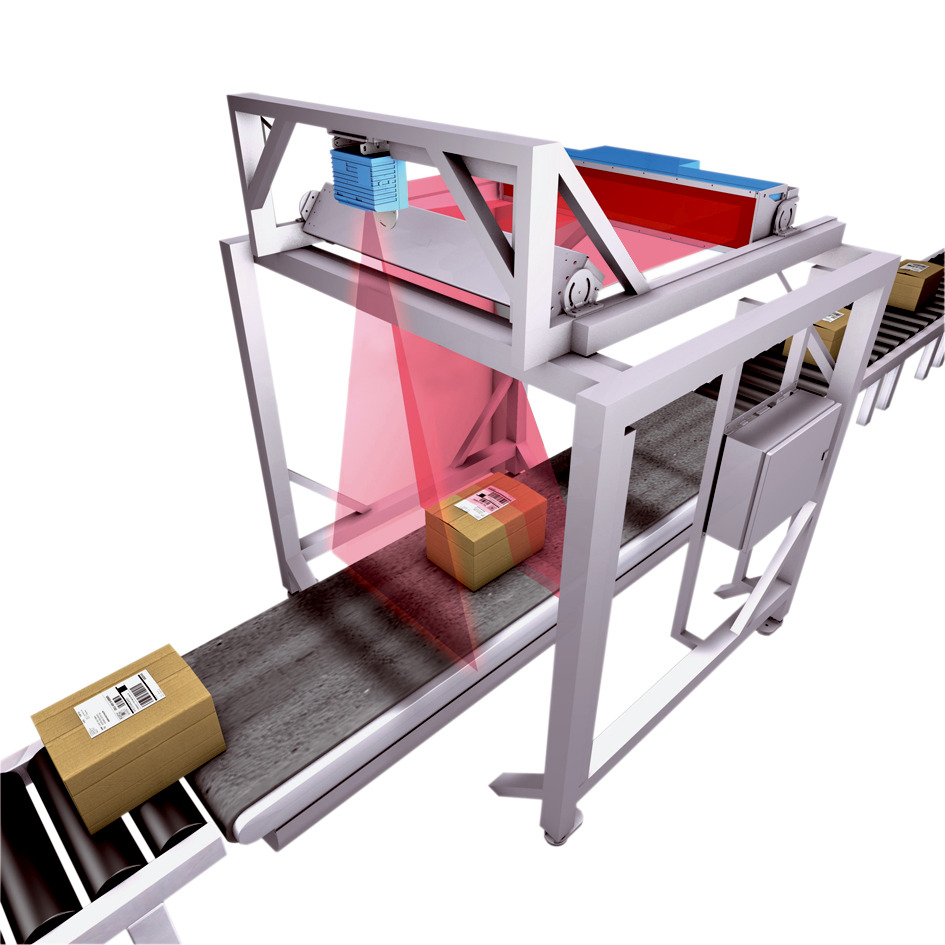
SICK's DWS Dynamic is a track and trace solution for logistics processes that helps businesses track the movement of goods throughout the supply chain. It combines mobile scanners, wireless networks, and cloud-based data analytics to create a powerful system for managing inventory and improving the visibility of shipments. It enables companies to track the location of goods in real-time, giving them the ability to react quickly to any potential problems that may arise.
With DWS Dynamic, companies can monitor their shipments and ensure they arrive at their destination on time and in the right condition. The system also provides detailed reports on the status of each shipment, allowing companies to easily identify bottlenecks and inefficiencies in the supply chain.
Additionally, SICK's DWS Dynamic helps companies to improve their customer service by providing timely updates on the progress of shipments. By reducing process costs and enabling greater transparency, SICK's DWS Dynamic is an invaluable tool for the logistics industry.
Master Data Analyzer
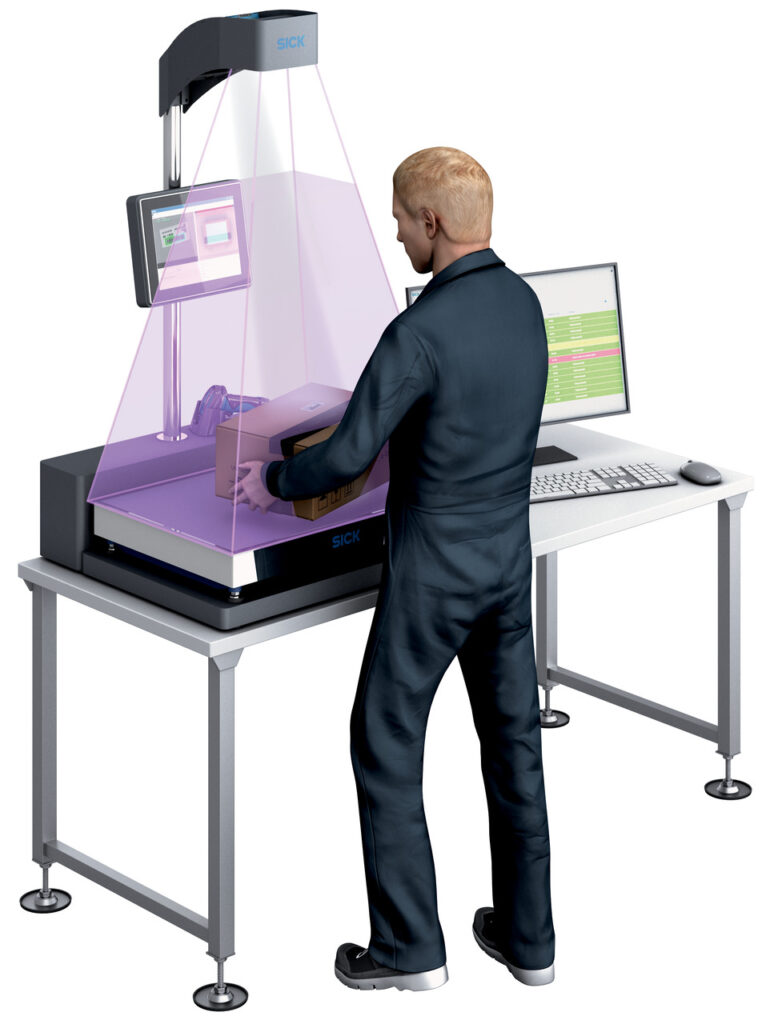
SICK's Master Data Analyzer Vision provides accurate master data as the foundation for efficient transport and storage processes.
Intralogistics processes can also be optimized in this way. Track-and-trace systems for recording master data collect object data simply and precisely.
In just one operation, they read the code on the object, determine dimensions and weight, capture an image, and even record other specific properties if required.
The data is transmitted to the respective host directly after collection. This reduces costs for storage or when packaging and shipping goods. Inventories can be carried out more efficiently and damage claims enforced more easily.
Advantages of Track and Trace in Manufacturing
Overall, track and trace systems and traceability in manufacturing and logistics are two distinct concepts that are essential to the success of any operation. While they are related, they are distinct in purpose and application. They both help to ensure product safety and quality, meet customer expectations, and comply with regulations. Sensors can be used to help with both track and trace and traceability, allowing companies to have complete visibility and control of goods.
Track and trace systems refer to the use of technology to monitor the progress of shipments and trace them back to their source. This is typically done through GPS tracking, barcodes, and RFID tags.



